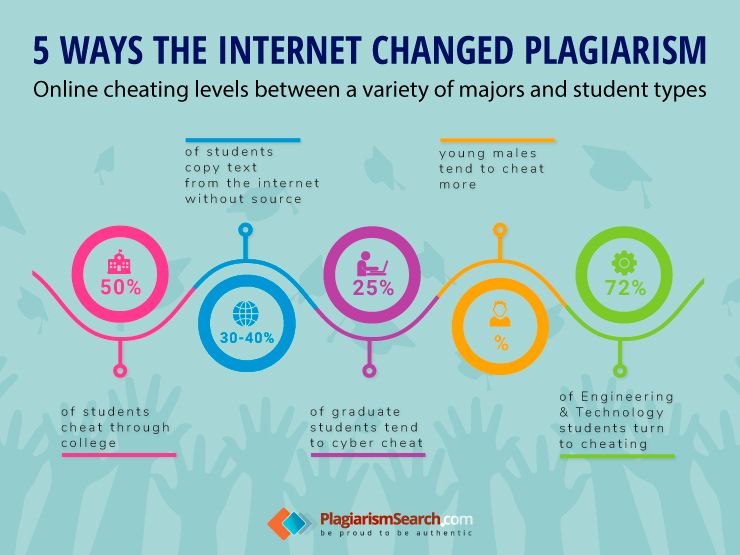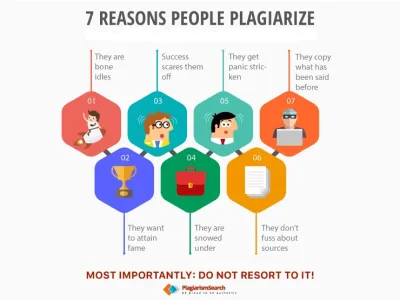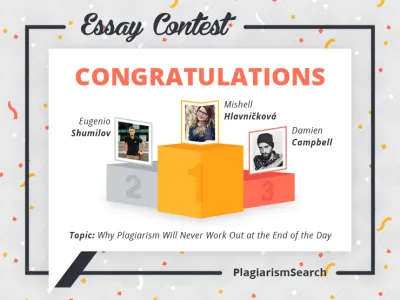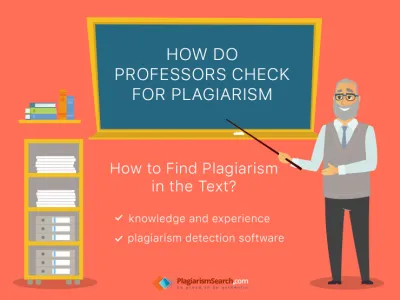
5 Ways The Internet Changed Plagiarism
Plagiarism (from the Latin plagio – to steal) is a deliberate attribution of authorship to someone else’s work of literature, science, art, invention, or rationalization proposal providing for criminal and civil liability for infringement of copyright and inventive rights.
Plagiarism can act in the form of issuing someone’s work for their own, illegally publishing those works under different names or violating the citation rules. Throughout the centuries, copying the works of others has become more popular due to the lack of new information. Moreover, with the advent of the Internet, it became even indispensable, thus causing new problems.
The definition of Plagiarism
It should be noted that the citing originally arose in ancient times and was used already when commenting on the books of Holy Scripture. Without observing the rules of citation, the development of science would be impossible since it is unbelievably difficult to trace the continuity of scientific thoughts.
Plagiarism is treated as a kind of copyright infringement – the right that regulates the legal relations associated with the creation and use (publishing, performing, showing, etc.) of works of science, literature, and art, that is, the results of people’s creative activity in these areas.
Copyright provides moral and material incentives to create and disseminate among the masses scientific and cultural values. The author has the right to publish, reproduce, and distribute works. The use of works is not allowed without the permission of the author and the conclusion of his agreement with him. The right for authorship and author’s name ensures the notion of works’ inviolability, meaning that only the author can make changes to the work or make them available to others.
Internet Influence on Plagiarism
With the advent of the Internet, some Web users have the illusion that since the Web is accessible to everyone, its content does not belong to anyone, which is completely wrong. The publication on the Internet differs from the publication in the journal only by the means of forwarding the information.
In both cases, there is the author who has done some job to compose a paper. Assigning of someone’s work and obtaining benefits for that is a violation of the law, regardless of the medium on which the information is published.
Absence of Citations
The lack of unity of command, censorship on the Internet, and the ease of copying materials in digital form has led today to the fact that many similar texts appeared on the Web, often without reference to the source.
Many authors believe that publishing on the Internet blurs their copyrights, but this is not true. Having your own published materials posted on your own web page provides a convenient ability to defend the copyright.
Lack of Reliability
In principle, the redundancy of popular information on the Web leads to the fact that access to this information is more reliable. If the source site is blocked, you can view the information on the other, so in the case when the site copies the information and gives a link to the source, as well as doing it with the consent of the author of the resource, there are no problems.
If the reference to the source is not done, the question arises as to how much you can trust this information. As a rule, you credit some authors less, while much more to others, and when you have no idea who the author is, it is difficult to understand how reliable the material may be.
Commercial Aspect of Plagiarism
The commercialization of the Web somewhat changed the attitude towards Internet plagiarism. If your site hosts advertisements for your own products, then you are most likely to be interested in making this information available on the Internet. Moreover, if your article (having a hidden advertisement) will be broadcast from an independent source, then for you (the author of hidden advertising), it will be beneficial for the text to undergo minimum changes.
Therefore, most of the information on the web is created precisely in order to be copied. Press releases, company news, updates to the product line, advertising cartoons – marketers seek to see all this information in the press and on news sites, and preferably in an unchanged form.
If you have information on your website that attracts visitors and generates traffic to your site, then making it leak to someone’s site (and together with her part of the traffic, and therefore money) will be the least that you might want.
Information Vulnerability
To protect information from copying, authors often resort to software methods. In particular, tags that prohibit copying to the clipboard are added. In this case, when you try to copy a piece of text to insert it into your document, the user will find that the function does not work. However, these tricks are intended only for beginners. A more sophisticated user can always steal the text displayed on the screen.
For example, you can view the source code of a page and recover text only by cleaning up the extra tags. You can save the entire page on your hard drive, and then open it in Word. In extra cases, you can execute the Print Screen function and recognize the resulting picture using FineReader.
Perhaps the most effective way to protect information is non-software. For example, in the text you refer to your site, insert your advertisement, and even if your text moves to the competitor, it will still work for you. In this case, the leakage of texts may even be beneficial.
New Ways of Avoiding Plagiarism
There are several vivid facts of how the Internet changed plagiarism, so you have to know the most efficient ways to eradicate it. In order to avoid plagiarism when composing texts, it is sufficient to observe a few simple rules:
- cite the sources of information (facts, opinions, theories, statistics, graphs, figures) unless it is common knowledge;
- quote the excerpts from works by other authors;
- avoid unacceptable paraphrasing.
The definition of common knowledge and unacceptable paraphrase should be also taken into consideration as valuable notions of plagiarism.
Common knowledge includes facts that can be obtained from public sources and are known to a large number of people. There is no point in referring to the source, citing the date of the beginning of the World War II. In comparison, when providing data on benchmarking of computers performance of different brands, the source should be definitely indicated.
Unacceptable paraphrasing is the hidden use of someone’s texts by mechanically rearranging words and phrases in places, replacing words with synonyms in the absence of new thoughts in the changed text. A formal change in the sequence of words in the original does not cancel plagiarism.
Separately, one should speak about presentations, which are often created by merging several documents and giving the texts a different form (using different color schemes, fonts, etc.). Changing the form of the material does not eliminate the fact of plagiarism as well. Thus, in different cases, plagiarism can cause a different reaction in the authors of the texts. However, a different attitude towards plagiarism does not free you from responsibility.
Many believe that Internet plagiarism definition differs a lot from conventional, paper notion. It is easier to find and prove the fact of plagiarism on the Web than in printed publications. Search engines and special programs allow you to do this and even provide the quantitative description of intellectual piracy on a global scale.The problem is also that many do not even know that they are plagiarizing, and do not make efforts to avoid this offense.



